An examination of the Lytton, BC wildland-urban fire destruction
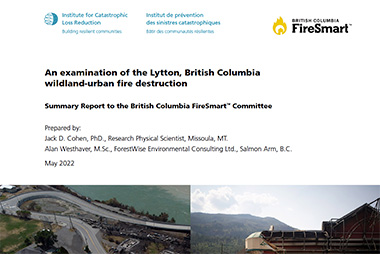
This document contains the summary report of the ICLR examination of the Lytton Wildland-Urban (WU) fire destruction.

This document contains the summary report of the ICLR examination of the Lytton Wildland-Urban (WU) fire destruction.
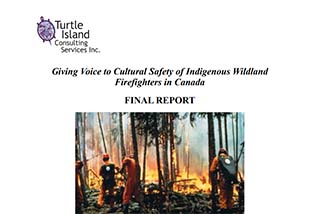
The Giving Voice to Cultural Safety of Indigenous Wildland Firefighters in Canada Project is the first study of its kind! This project provides preliminary data on cultural safety and occupational health and safety that is necessary to improve the understanding of Indigenous perspectives on wildland firefighting and wildland fire operations across what is now called Canada
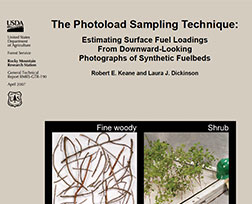
Fire managers need better estimates of fuel loading so they can more accurately predict the potential fire behaviour and effects of alternative fuel and ecosystem restoration treatments.
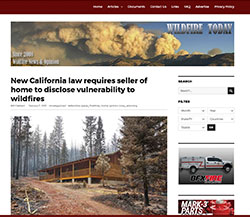
Beginning January 1 in California the seller of a home in a designated high fire area built before 2010 must disclose to the buyer conditions that make the home vulnerable to wildfires.
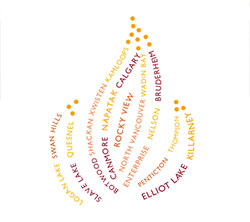
This report celebrates actions taken by local governments across Canada to anticipate and effectively address the peril of wildfires in recent years.
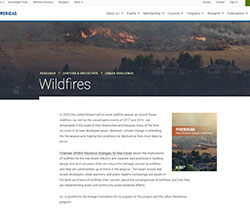
Firebreak: Wildfire Resilience Strategies for Real Estate details the implications of wildfires for the real estate industry and explores best practices in building design and land use policy that can reduce the damage caused by wildfires and help set communities up to thrive in the long run.
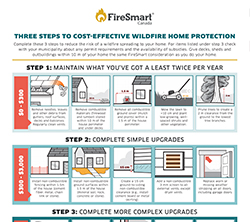
Complete these 3 steps to reduce the risk of a wildfire spreading to your home. For items listed under step 3 check with your municipality about any permit requirements and the availability of subsidies. Give decks, sheds and outbuildings within 10 m of your home the same FireSmart consideration as you do your home.
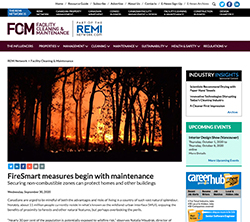
Canadians are urged to be mindful of both the advantages and risks of living in a country of such vast natural splendour. Notably, about 11 million people currently reside in what’s known as the wildland-urban interface (WUI), enjoying the benefits of proximity to forests and other natural features, but perhaps overlooking the perils.

Like much of the world, Canada is experiencing more frequent, extreme, and complicated wildland fire events. Experts agree that this trend will continue. Although fires can play an important role in forest ecosystems, these enhanced events have the potential to put more lives, critical infrastructure and economies at risk.
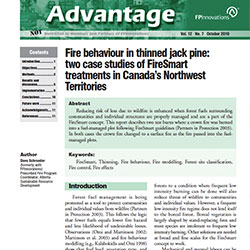
This paper provides two case studies of FireSmart treatments in Canada's Northwest Territories and an observation of fire behaviour in thinned jack pine trees.
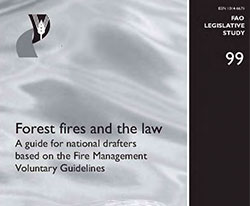
This legislative study serves as a guide for national drafters based on the Fire Management Voluntary Guidelines.
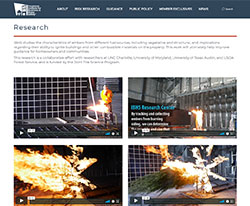
Understanding how embers travel is key in improving guidance for homeowners and communities. These videos provide insight in to the inner workings of wildfire embers and how they interact with wind, structures and vegetation.
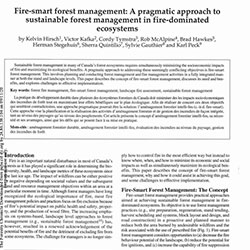
This paper describes the concept of fire-smart forest management, discusses its need and benefits, and explores challenges to effective implementation.

This interactive paper outlines how climate change is affecting fire regimes and vegetation in the Pacific Northwest.